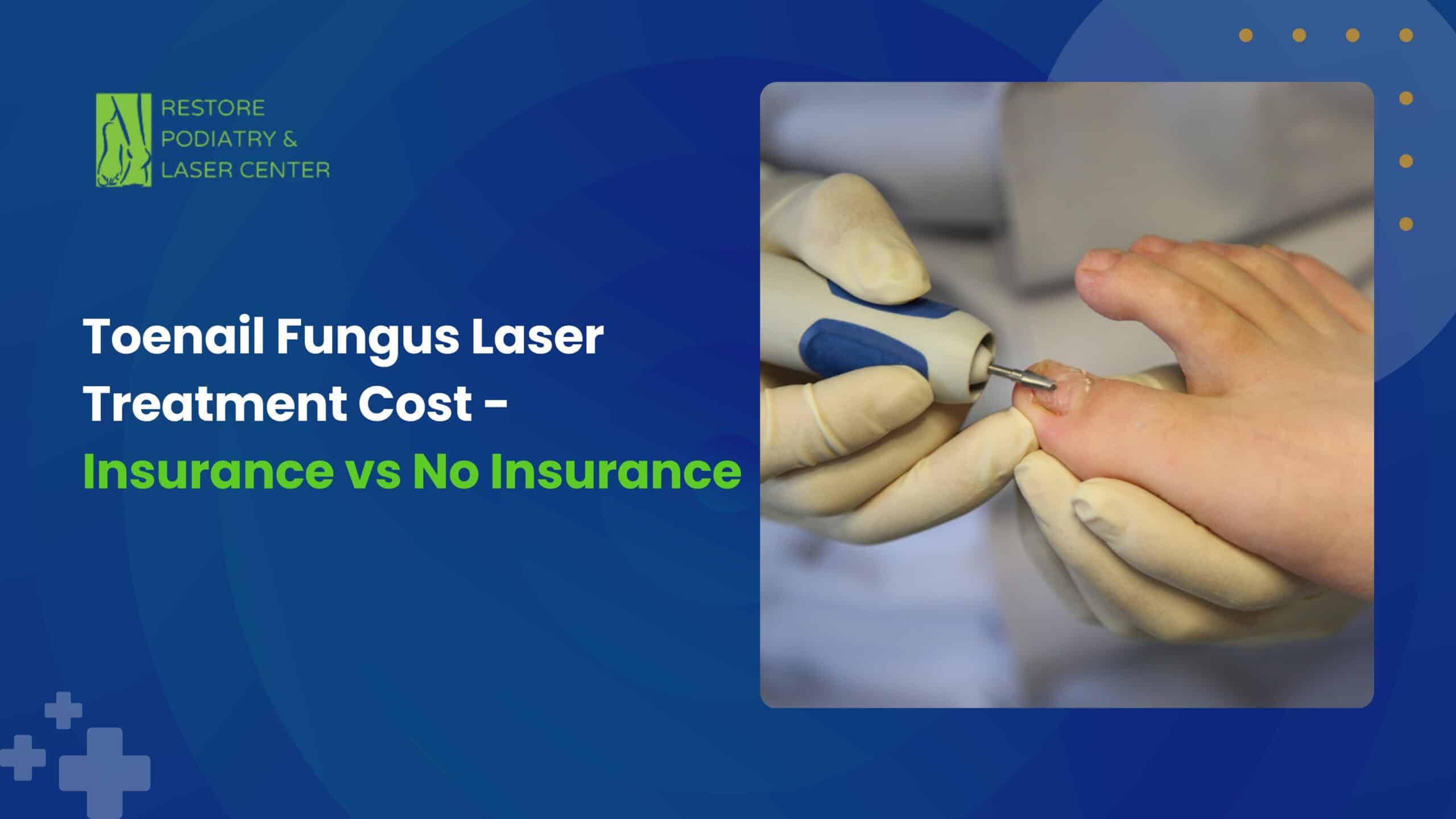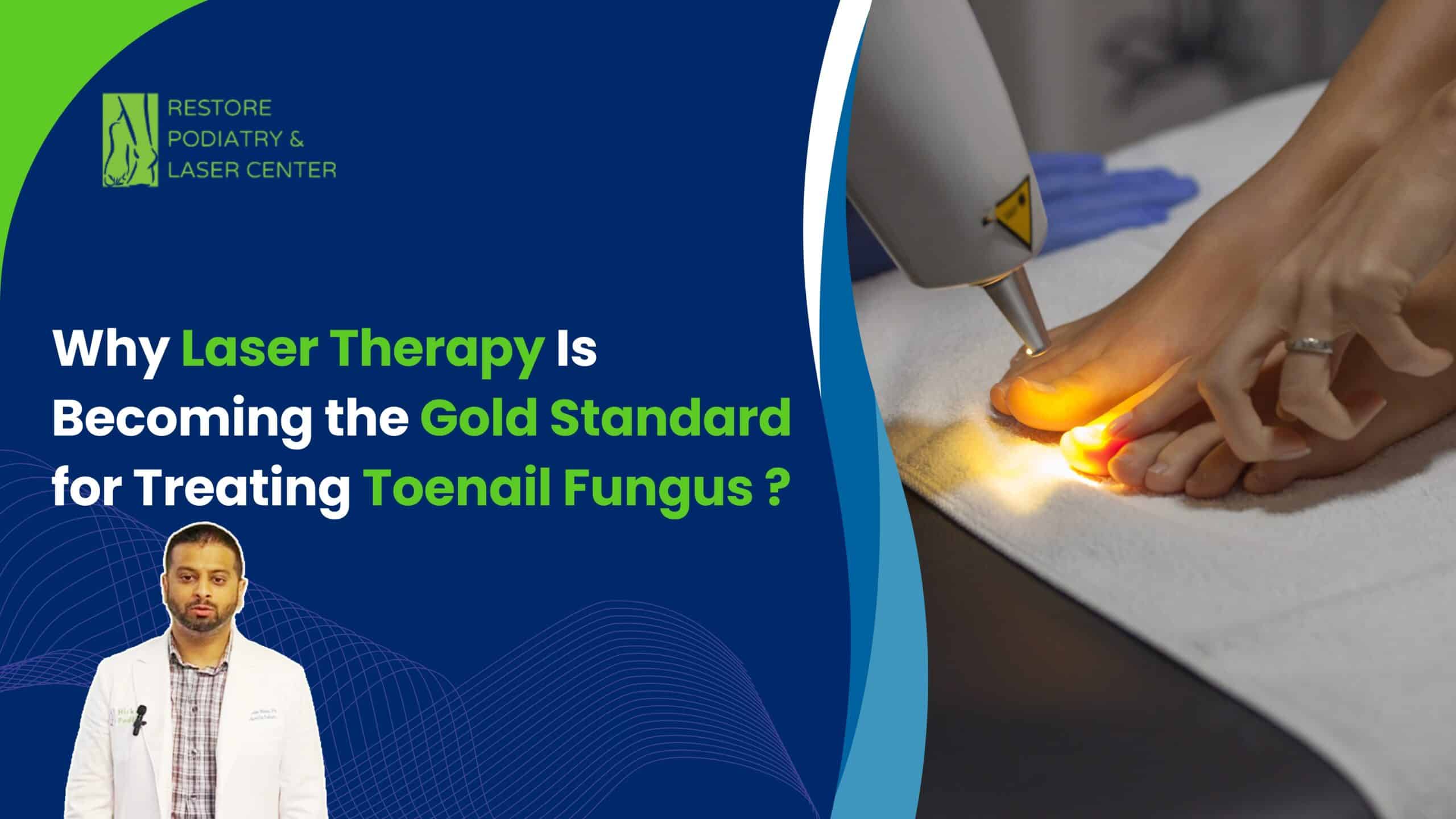ESWT is performed outpatient and is noninvasive. Sessions are usually brief (about 10–20 minutes per foot). Protocols vary: some practitioners deliver a single high-energy session (sometimes with local anesthesia), while others give multiple lower-energy treatments spaced over weeks. Mild to moderate post-procedure soreness, bruising, or numbness can occur but serious complications are uncommon. Many patients notice pain relief within weeks; some benefits accrue over months as the tissue remodels.



